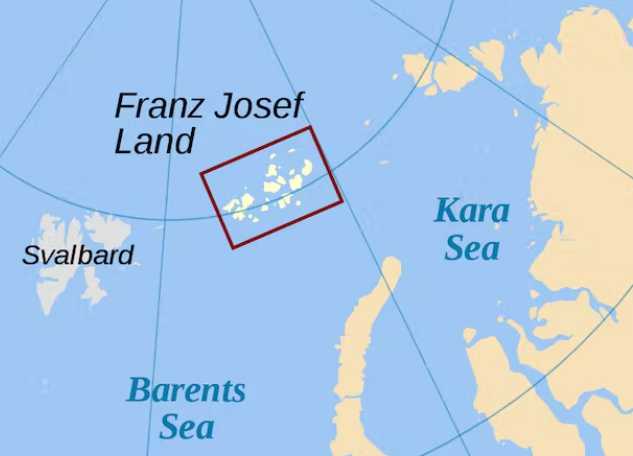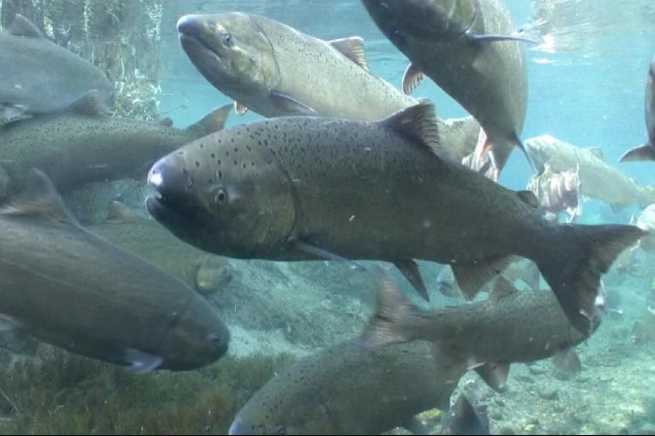 Commercial harvests of wild Alaska salmon have reached more than 4.3 million fish, with the preliminary estimate of a catch of 2.6 million sockeyes, 1,347,000 chum, 348,000 pink, 63,000 Chinook and 12,000 silver salmon.
Commercial harvests of wild Alaska salmon have reached more than 4.3 million fish, with the preliminary estimate of a catch of 2.6 million sockeyes, 1,347,000 chum, 348,000 pink, 63,000 Chinook and 12,000 silver salmon.
The preliminary Alaska commercial salmon harvest blue sheet is updated daily by the Alaska Department of Fish and Game.
From a statewide perspective, the sockeye salmon harvested to date have been 20 percent less than average size by age, says Jeff Regnart, director of commercial fisheries for ADF&G.
“That’s going to play into catachability,” Regnart said. “That size fish could be more difficult to catch in some of those gillnet fisheries, and that could lead to additional escapement.”
Area management biologist James Jackson at Kodiak says so far it’s been a very strange year, with a harvest through June 23 of some 315,746 sockeyes, which is roughly half of what the harvest was expected to be through that date. And the fish are being caught in areas where they don’t normally catch fish. “Typically the majority of sockeyes are harvested in the northwest Kodiak district and right now they are coming from the southwest, which is strange,” he said.
In the Cordova area, the sockeye run has been below forecast, but fisheries biologist Jeremy Botz said the run is still reasonably strong and shaping up to be close to the recent 10 year average. The Copper River drift fishery estimated catch to date is 1,127,000 salmon, including over a million sockeyes. The Montague district drift fishery in Prince William Sound has picked up somewhat, with an estimated total harvest of 84,000 fish, including 66,000 chums and 5,000 reds.
In the Cook Inlet fishery, the total estimated catch has reached 80,000 salmon, including 77,000 reds, plus about 2,000 each of kings and chums.
The drift fleet in Upper Cook Inlet had its first opener on June 22 and the Kasilof section of Eastside set netters are also fishing via an emergency order on a 50,000 fish escapement trigger, said Pat Shields, area management biologist for Upper Cook Inlet. For the 92 drift boats, the total catch was some 2,500 reds, or about 27 fish per boat, but that opener, said Shields, is kind of a shakedown cruise for the drift fleet with no expectations. Setnetters meanwhile harvested some 46 kings and 18,000 sockeyes on their first day, which is average to a little below average for the first period.
In the Bristol Bay fishery, also in its early season, the total estimated harvest reached 397,000 fish, including 378,000 reds. Right now, said state fisheries biologist Travis Elison, “we are just waiting. They could show up any time in the next few days.”
Fishermen’s News Online grants permission to the Alaska Native News to post selected articles. Read More at: Fishermen’s News Online.







